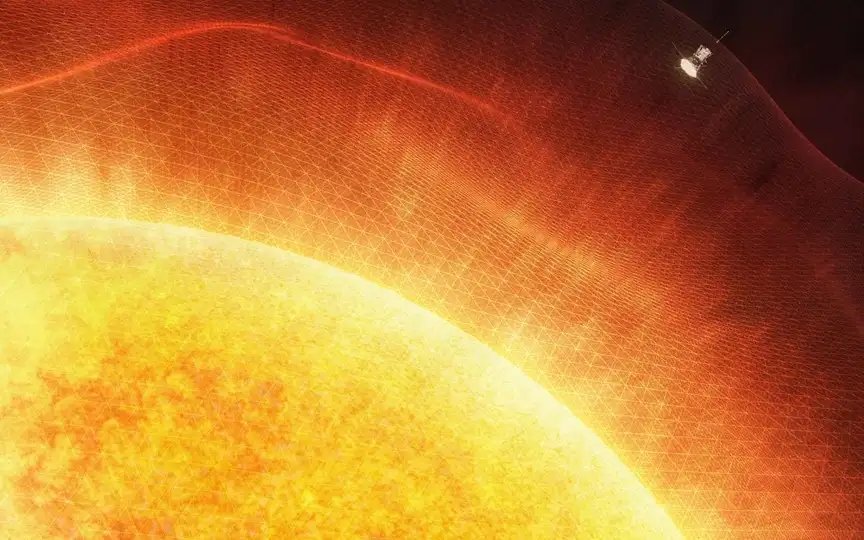Auroras and Radio Blackouts: Solar Storm Headed for Earth Tomorrow, Courtesy of NASA SOHO!
Despite only having six Earth-facing active sunspots, the solar activity in the past two weeks has been more intense than several months combined this year. This recent solar storm is the second most powerful one since March, when two G3-class storms occurred in the same month. Unfortunately, there is no indication that this activity will cease anytime soon. The NASA Solar and Heliospheric Observatory (SOHO) has observed a halo-shaped coronal mass ejection (CME) heading towards Earth. According to the data, it is expected to hit tomorrow, November 11, during the late hours, resulting in a solar storm of similar intensity to a G2-class storm.
According to a SpaceWeather.com report, “Coronagraphs aboard the Solar and Heliospheric Observatory (SOHO) observed a halo CME exiting the Sun. It is headed directly for Earth. NOAA and NASA models agree that the CME should arrive late on November 11 (UT), bringing the possibility of G2 class geomagnetic storms.” You can watch a video of the CME here.
A solar storm is expected to hit tomorrow
So what can be expected from a G2 storm? Experts say a G2 geomagnetic storm could generate aurora borealis in high and mid-latitudes, cause air resistance for small satellites that are either launched or orbit in low Earth orbit, and cause shortwave radio outages that could affect mariners, drone pilots and rescue missions.
However, it should also be noted that these are potential risks of a solar storm of this intensity and do not guarantee their occurrence. An accurate assessment of a solar storm is only possible after it has hit Earth, but NASA and the National Oceanic and Atmospheric Administration (NOAA) are keeping an eye on it for any developments.
How NASA SOHO observes the Sun
NASA’s SOHO is a satellite launched on December 2, 1995. It is a joint project between NASA and the European Space Agency (ESA) to study the Sun, its atmosphere, and its effects on the Solar System. SOHO is equipped with 12 scientific instruments such as Extreme Ultraviolet Imaging Telescope (EIT), Michelson Doppler Imager (MDI), LASCO (Large Angle and Spectrometric Coronagraph) and others. SOHO takes pictures of the sun’s corona, measures speed and magnetic fields. of the sun’s surface and observes the faint corona around the sun.




